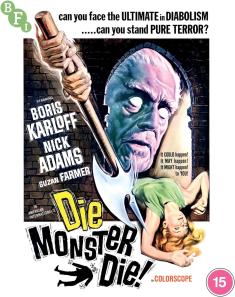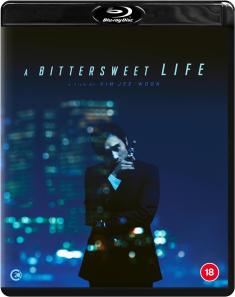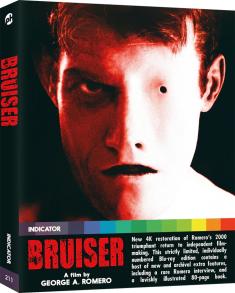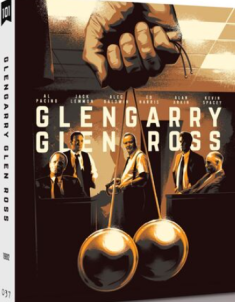Hands-On First Look: Bowers & Wilkins Formation Suite Speakers
Overview -Overview -- Aimed at fusing wireless convenience with audiophile performance, the Bowers & Wilkins Formation Suite is comprised of an impressive roster of whole-home speakers and components, including the Formation Bar, Formation Duo, Formation Wedge, Formation Bass, and Formation Audio. With multi-room support powered by Mesh Network tech and one-microsecond synchronization, the units are designed to offer seamless playback and hi-res music support from a variety of sources. But while the series is poised to rank high among other premium lifestyle audio products, the lack of some home theater-friendly features like Atmos and HDMI passthrough on the sound bar might limit its appeal to some buyers. Still, the actual audio performance here is very impressive across the board, and the collection's unique aesthetics offer added appeal. Recommended.
Intro
Multi-room wireless audio products have come a long way over the last few years. What may have started as a market geared more toward simplicity over quality, has now slowly morphed into a space aimed at embracing the best of both worlds.
And that's exactly what Bowers & Wilkins is hoping to accomplish with its Formation Suite. Designed to offer whole-home wireless music without compromising sound quality, the lineup blends audiophile performance with convenient connectivity options and handsome aesthetics. Here's a full rundown of models and pricing included in the series:
- Formation Bar ($1,199) – 3-Channel Sound Bar System
- Formation Duo ($3,999)– Stereo Speaker Pair
- Formation Wedge ($899) – Single-Unit Stereo Speaker
- Formation Bass ($999) – Wireless Subwoofer
- Formation Audio ($699) – Wireless Audio Hub
To help accomplish its wireless goals, the collection makes use of Bower & Wilkins' Patented Robust Mesh Network technology, offering seamless sound across a user's entire home with one-microsecond in-room synchronization. Likewise, the lineup supports up to 96/24 Bit Audio Resolution streaming which can be handled from a mobile device using the company's own Formation app for iOS and Android or via a variety of dedicated apps for various music services.
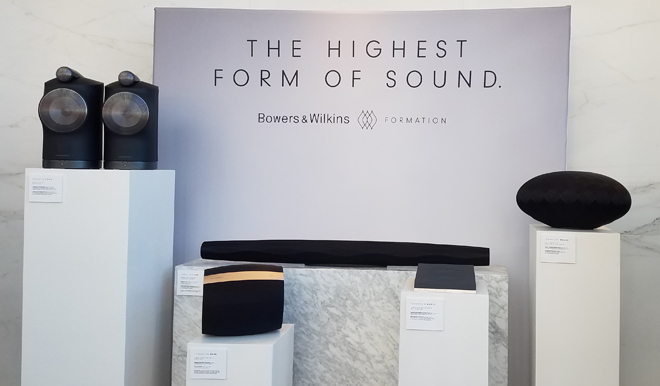
As part of the Formation Suite's launch, High-Def Digest recently attended a special hands-on demo of the full collection, offering a curated selection of listening experiences designed to highlight the series' versatile performance. And in addition to the speakers themselves, the event also featured some special guests from the music and design industries, including Genevieve Gorder, interior design professional and host of Netflix's Stay Here; Lee Ranaldo, co-founder of Sonic Youth; and J. Ralph, three-time Academy Award-nominated composer.
Formation Bar & Formation Bass
The Formation Bar is a 3-channel single-unit sound bar featuring a total of 9 drivers with 3 x 25mm (1 in) double dome tweeters and 6 x 65 mm (2.6 in) woven glass fibre cone bass/midranges. In addition, the unit features 6 amps rated for 40W, offering a total system output of 240W. Meanwhile, the frequency response is rated for 40Hz to 28kHz. Connectivity options include Wi-Fi, Bluetooth 4.1, Ethernet, AirPlay 2, and Toslink Digital Audio. Dolby Digital support is also supported (though not DTS), and the sound bar is capable of decoding 5.1 tracks and then downsampling them to 3.1
Sadly, however, video pass-through is not supported and no HDMI connections are included. The company cited the superior stability and simplicity of Toslink as the reason for the lack of HDMI and, to be honest, I can see where they're coming from. I don't think there's been a single HDMI capable sound bar I've reviewed that didn't present some sort of HDMI handshake or audio sync issue at some point during my testing. With that said, HDMI is still a pretty essential option for home theater users at this stage in the game and I'm a bit disappointed to see it omitted here.
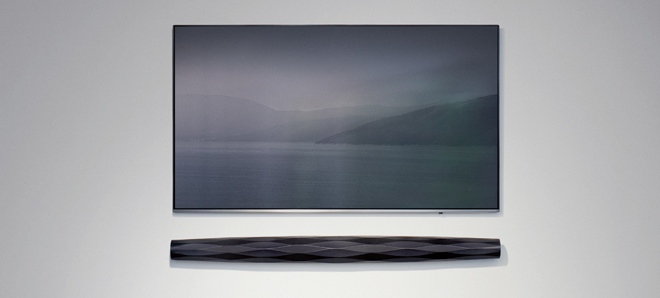
From an aesthetic standpoint, the bar features a pleasing design with an elongated cylindrical form and a slightly tapered size toward the ends. The bar measures 4.3 inches high, 48.8 inches wide, and 4.2 inches deep -- and while that beefier form factor helps to bolster the device's performance, the fairly tall profile will likely make the unit a bit difficult to place in front of most modern TVs if you're not wall mounting. In fact, the display used to help demo the Formation Bar was placed on an additional stand in order to give it the height needed.
Designed to be paired with the Formation Bar or other Formation speakers, the Formation Bass wireless subwoofer (sold separately) also features a cylindrical design. The unit houses a 2 x 165mm (6.5 in) long throw bass unit, and is rated for 250W and a frequency response of 20Hz to 150Hz. Offering a comparatively compact form factor for a sub, the device measures 10 inches x 11.1 inches x 10.2 inches.
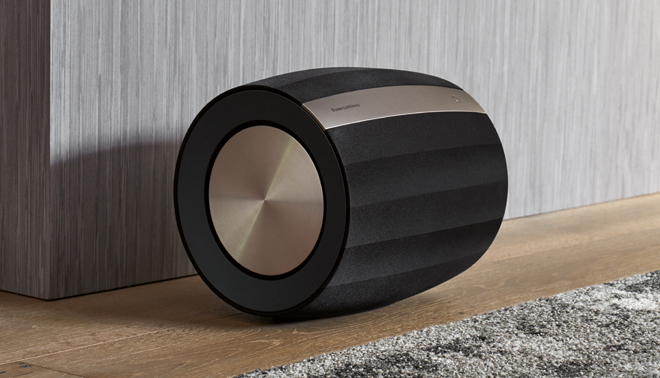
To demo the Formation Bar and Bass, Bowers & Wilkins had the devices paired together and connected to a smart TV via Toslink cable. Kicking things off with a bang, the first clip featured Tai Lung's prison escape scene from the movie Kung Fu Panda, offering a lively and dynamic workout for the system. Throughout the sequence, the bar presented a wide soundstage with a nice sense of clarity and separation between all of the audio elements. Speech sounded properly centralized while flying spears pierced through the air with strong left/right directionality. The clanking sound of metal was especially impactful and explosions carried a nice kick without overpowering the track. In fact, while the woofer didn't quite bring the house down, I was impressed by just how well balanced the LFE was, serving as a natural extension of the sound bar without any distortion.
Moving on to music, we listened to a hi-res track of Fink's "Trouble's What You're in" and a YouTube clip of Sia and J. Ralph's "One Candle." Recorded live and produced to mimic the effect of being performed from a stage above the audience, the Fink song was demoed to highlight the sound bar's sense of height. But while the track sounded rather lovely -- with an intimate and spacious tonal quality, smooth bass, and deep vocals -- I never really got a sense of vertical space. Don't get me wrong, the Bar did offer a pleasingly concert-like feel, it just never felt higher than the listening position.
Meanwhile, Sia and J. Ralph's track provided a great demonstration of what typical lossy streaming music sounds like through the system -- and thankfully, the Bar handles even comparably lower quality sources with impressive fidelity. The song carried a commanding, room-filling presence with clean highs and deep bass. According to J. Ralph himself, who was present during the demo, the track came through exactly as it was supposed to -- and really, who am I to argue with the actual musician?
Finally, to cap off the Bar's demo we watched the "We Will Rock You" a clip from Bohemian Rhapsody. Meant to showcase the Bar's versatility for dialogue, music, and effects, the scene really let the unit come alive, offering an impressive "theater" feel for a relatively compact audio system. Speech and vocals were clear and well prioritized while maintaining great dynamics, letting the speaker really soar as the performance got into gear. The track's trademark beat was rousing without ever being too aggressive and the crowd's applause spread wide to the left and right creating an immersive sense of space.
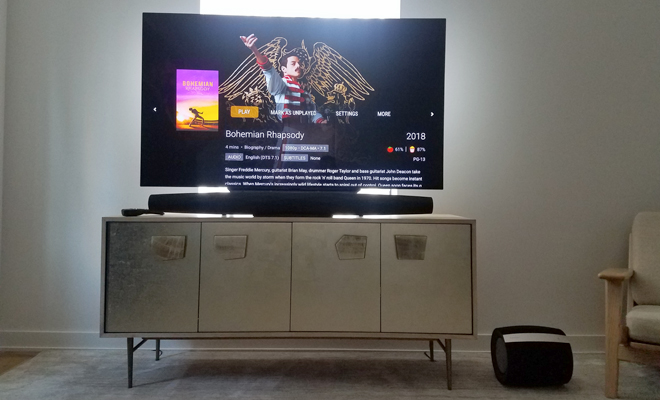
On the downside, the bar's lack of surrounds and Atmos support did limit how enveloping the overall experience could be -- but when it comes to pure sound quality, the Formation Bar and Formation Bass seem to be a step above many other similar models in this class. While there are less expensive sound bar packages with height channels, surround satellites, and bigger subs, the actual sonics here just might justify the premium price. Unfortunately, the lack of HDMI and larger form factor make the design a little less home theater friendly than I'd like, but if accurate sound reproduction is your primary concern, then the Formation Bar and Bass are shaping up to be real winners in this space.
Formation Duo & Formation Audio
Serving as the line's flagship product, the Formation Duo is a wireless stereo speaker package with some trickle down tech borrowed from the company's 800 Series Diamond Speakers. Each unit features a 1x ø25mm (1 in) Carbon dome high-frequency tweeter and 1x ø165mm (6.5 in) Continuum cone bass midrange driver. The system is rated for a frequency response of 25Hz to 33kHz and power output of 2 x 125W. Connectivity options include Wi-Fi, Ethernet, Bluetooth, and AirPlay 2.
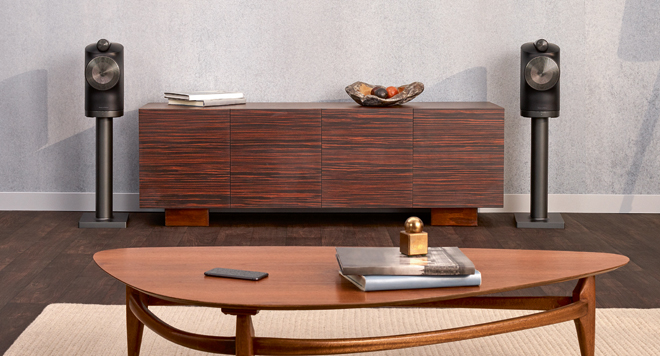
Meanwhile, the Formation Audio is a wireless audio hub designed to connect to existing passive audio sources like a turntable or CD player, adding support for wireless playback on a Formation speaker. The unit features a high-performance analogue-to-digital converter (ADC) and high-performance digital-to-analogue converter (DAC). Connectivity options include Wi-Fi, Ethernet, Bluetooth, AirPlay 2, Digital audio in (Toslink), Analogue audio in (2 x RCA), Digital audio out (1 x RCA), and Analogue audio out (2 x RCA).
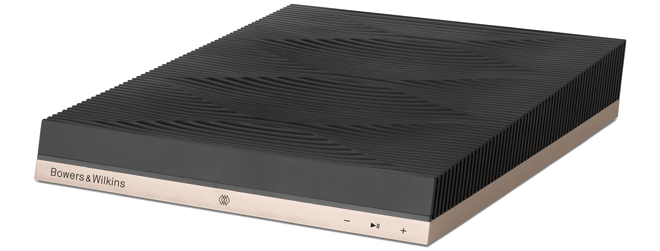
For demo purposes, we were first treated to several hi-res tracks streamed from a smartphone directly to the speakers. Artists included an eclectic selection of musicians like St. Vincent, Nirvana, Beyonce, and Led Zeppelin. In general, the Duo sounded fantastic, bringing ample dimension and separation to each song, allowing even the smallest nuances to come through while maintaining a rich midrange, crisp highs, and healthy bass. At times, vocals even carried an impressive "in room" feel, making it seem as if the artists were right there performing live.
Louder, busier tracks like Nirvana's "Come As You Are" remained balanced and cohesive without becoming cluttered or losing clarity, providing head-banging sonics that remained intelligible. Well, as intelligible as Cobain's iconic grungy vocals can be. Meanwhile, the Beyonce track carried a commanding, droning bass beat that felt distinct yet balanced among the rest of the song, giving the piece a true concert presence.
A jazz song by Oscar Peterson and Led Zeppelin's "In My Time of Dying" were also especially impressive, showcasing the pair's stereo separation and imaging. Strings came through to the right and piano to the left on the jazz track, giving each note ample room to breathe. Meanwhile, guitar riffs seemed to glide from speaker to speaker on the Zeppelin track, smoothly spreading the almost ethereal sound from side to side.
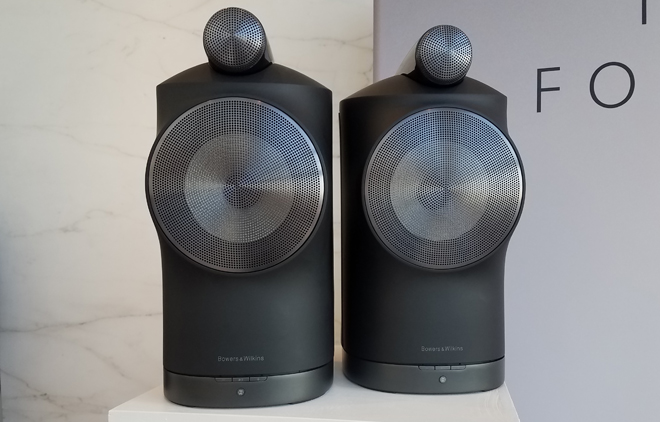
Finally, for the last demo track, the Duo was wirelessly paired with a Formation Audio connected to a turntable, allowing a record to be streamed to the speakers. Together, the Duo and Audio performed great, preserving the vinyl sound of the track, though imperfections like a bit of crackling static were still present.
At $3,999 for the Duo, these speakers aren't exactly cheap, but it's very rare to hear a wireless stereo pair sound as good as these. The level of detail you get even (or perhaps especially) at louder volumes really is impressive, allowing you to hear elements of songs that might otherwise get lost in the shuffle on lesser caliber gear.
Formation Wedge
Marked by a unique sculptural design that resembles a high-tech vase, the Formation Wedge is a single-unit stereo music system with a 120-degree elliptical shape. The unit features 2 x 25mm (1 in) double dome tweeters, 2 x 90 mm (3.5 in) FST midranges, and a 1 x 150mm (6 in) subwoofer. The frequency response is rated for 35Hz to 28kHz and the package offers a total output of 160W. Connectivity options include Wi-Fi, Ethernet, Bluetooth, and AirPlay 2.
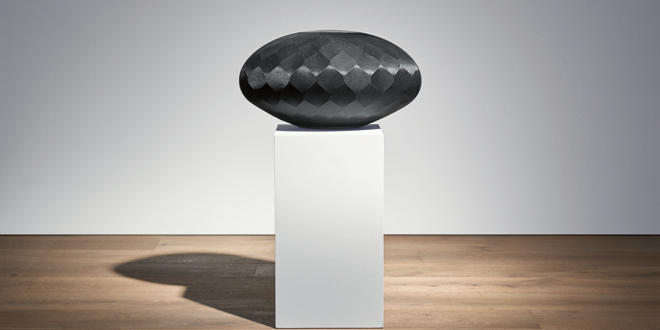
Blending casual listening convenience with surprisingly enveloping sound, the Wedge proved to be a rather impressive speaker for its size. For the demo, we were treated to several tracks streaming from Spotify, including songs from Billie Eilish, Ella Fitzgerald & Louis Armstrong, and Lorde.
Throughout all of the material, the Wedge provided a genuinely room-filling sound with spacious presence and fidelity, completely avoiding the tinny or shrill quality that many single-unit wireless speakers are hampered by. Billie Eilish's "You Should See Me in a Crown" was especially impressive. The track has a tendency to get little cluttered on less robust systems, but the song's intense bass beat remained clean and commanding, keeping all of the layers of sound clear and distinguishable. The highs could be just a tad sharp at times, but, in general, the dynamics were great.
Likewise, Ella Fitzgerald and Louis Armstrong's "Moonlight in Vermont" came through with lush, warm vocals giving the song an intimate feel. I did catch some very slight distortion at the start of the track when the volume was pumped a little too high, but outside of that momentary harshness, the music was clean, smooth, and full of dimension, especially on the horizontal plane. With that said, despite some talk of the speaker's sense of height during the demo, I never really got much of a vertical presence during my listening and stereo separation wasn't as pronounced as the Formation Bar or Formation Duo.
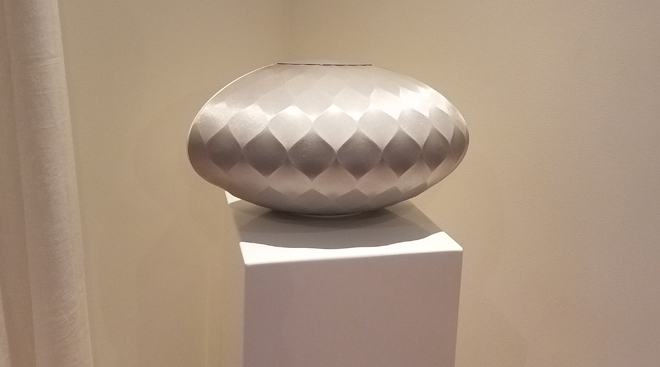
Still, considering the size and design, the Wedge was quite a stunner, making it an ideal fit for users who want a spacious, room-filling, and uniquely attractive single-unit wireless speaker for their living room, dining room, or kitchen spaces.
Final Thoughts
Whole-home wireless audio products continue to flood the market from all directions, but Bowers & Wilkins Formation Suite benefits from a pretty clear-cut mission statement: Premium sound with wireless convenience. It's as simple as that. And though we'll need more one-on-one time with each model to offer a full judgement, based on our demo experience, the lineup seems to accomplish just that.
Of course, the collection's premium performance and design do come with a higher price tag than a lot of other competing products in this space -- but depending on your budget and feature priorities, the benefits could be worth the added cost. I just wish the sound bar model wasn't missing a few home theater-friendly features like HDMI.
As a whole, however, there really doesn't seem to be much to complain about here, though it remains to be seen how well the company's Formation app works (it wasn't demoed). Composer J. Ralph actually summed up the lineup's performance rather nicely at the event by using an amusing comparison to a restaurant meal lathered in too much butter and salt. Sure, the dish might still seem good but all you're really tasting is butter and salt. Similarly, other audio products from some competitors might spruce up their sound with an extra dash of bass or a few more ounces of treble, but all that added spice and fat is really just taking away from the accuracy of the sound.
With the Formation Suite, Bowers & Wilkins is presenting audio without all the unnecessary butter and salt -- creating a dynamic, room-filling wireless audio solution with accurate and convenient performance.





